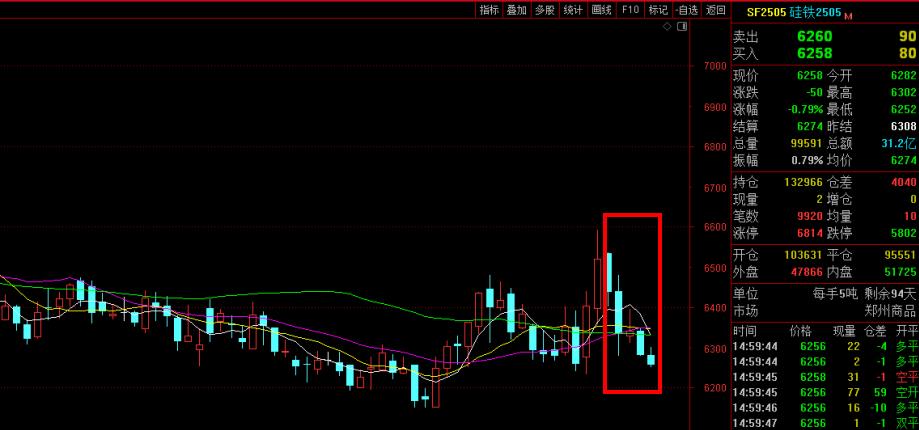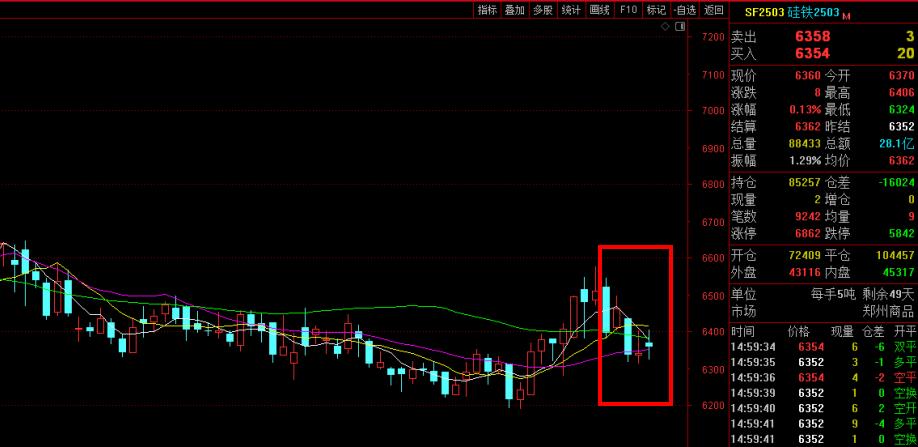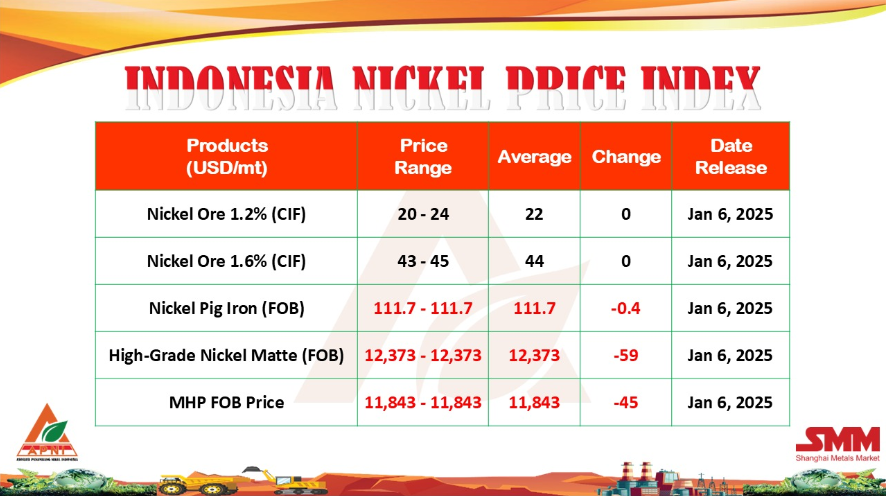Global iron ore pellet premiums are expected to remain firm into the first half of 2014 as supply growth struggles to keep pace with an increase in global demand, market participants polled over the past month said.
In the short term, supply tightness resulting from idled pelletization capacity may drive contract prices higher, especially for premium quality Brazilian material, sources at steelmakers and mining companies said.
In Japan and South Korea, as steelmakers are in the midst of pellet premium negotiations, buyers have quietly admitted that the benchmark deal with Vale for 2014 would almost certainly be above 2013's $28/dry mt.
Industry sources said Vale has offered Northeast Asian mills a pellet premium of around $40/dmt for 2014. The miner has also offered the option of a quarterly negotiated premium, which was offered at a slightly higher price of $41-43/dmt for Q1.
"But we'll have to negotiate it down because of cost cutting measures," one of the mill sources said. "If we're going to agree to an annual price then it should be lower than the quarterly or spot price."
"The higher the premium in Q1, the faster customers will change their procurement practices," said a European mill source. "Around $30/dmt and below, it's very comfortable and economical. If it's above $40/dmt, it gets very uneconomical and buyers might reach the decision to change their burden."
Pellet capacity was removed from the market in November 2012 when Vale idled its Sao Luis and Tubarao 1 and 2 plants, which produced 8.16 million mt in 2012.
Cliffs Natural Resources also idled its Wabush Pointe Noire plant in Sept-Iles, Quebec, at the end of the second quarter of 2013. The Wabush operation has a capacity of 5.6 million mt/year and produced 3 million mt of pellet and concentrate in 2013.
At the same time, pellet demand from mills in Northeast Asia has been increasing, due to capacity growth in China and an improved steel market in Japan.
A shipment of Samarco-produced pellet, initially discharged at a Chinese port for a Chinese mill, was said to have been bought by a trader and resold to a mill in Japan in October, according to two people familiar with the matter.
A separate source suggested that the rare purchase of spot material by a Japanese mill could have been due to problems at its sinter facilities, which led it to seek alternative feed in the form of pellet.
Prices could also rise in the short term due to a higher reliance on pellet by mills in China, which sees lower domestic concentrate output during the winter months.
Chinese mills, especially those in the north of the country, typically build ore inventory from the end of October to last them until February.
The Chinese government's push to reduce pollution has also led to the idling of some sintering plants in the country, which may lead to an increase in the demand for imported pellet and lump as substitutes, market participants have said.
In an early December interview with Platts, Jose Carlos Martins, executive director, ferrous and strategy at Vale, said pellet and lump allow blast furnace operations to generate less carbon emissions, and contended that demand from Chinese iron- and steelmakers would grow as they seek to cut pollution.
"The market is the market, okay? Sometimes good. Sometimes bad. As far as the premium for pellets and lump today, it's increasing because of the issue of pollution in China," Martins said.
"So there is a strong demand for these products in the market – mainly for China, and that situation spreads to other markets. Europe is facing this issue and Japan, Korea also facing this issue," he said.
Copyright © 2013 Ferro-Alloys.Com. All Rights Reserved. Without permission, any unit and individual shall not copy or reprint!
- [Editor:editor]



 Save
Save Print
Print Daily News
Daily News Research
Research Magazine
Magazine Company Database
Company Database Customized Database
Customized Database Conferences
Conferences Advertisement
Advertisement Trade
Trade














 Online inquiry
Online inquiry Contact
Contact

Tell Us What You Think